.jpg)
Stem cell therapy in Thailand offers Canadians, who face restrictive domestic regulations and high out-of-pocket costs, a more accessible and affordable route to potentially reduce insulin dependency and improve blood glucose control for both Type 1 and Type 2 Diabetes Mellitus (DM).
For Canadians living with the daily challenges of Diabetes, particularly Type 1 Diabetes (T1DM) where the body's immune system destroys insulin-producing beta cells, regenerative medicine offers a beacon of hope.
While clinical trials for cutting-edge stem cell therapies are advancing rapidly in Canada, Health Canada's regulations mean that commercially available, high-dose treatments are often restricted or not yet approved.
This has driven a significant increase in medical tourism to nations like Thailand, renowned for its advanced medical facilities and more permissive regulatory environment for stem cell applications.
Key Takeaways: Stem Cell Therapy in Thailand
-
Significant Cost Savings: Canadians can find stem cell therapy for diabetes in Thailand for $8,000 – $30,000 USD, a fraction of the cost ($40,000 CAD to $100,000+ USD) of similar non-covered treatments or future procedures in North America.
-
Treatment Goal: The primary goal is a measurable reduction in insulin dosage (often > 50%) and HbA1c levels within six to twelve months, moving beyond just symptom management.
-
Cell Type: Thai clinics commonly use high-dose, high-viability Umbilical Cord-Derived Mesenchymal Stem Cells (UC-MSCs) or the patient's own Peripheral Blood Stem Cells (PBSC).
-
Thailand's Advantage: Thailand's healthcare system is globally recognized for quality, offering treatments under the oversight of the Thai FDA/MOPH and often using GMP-certified labs.
1. Understanding the Stem Cell Approach to Diabetes
Stem cell therapy is a regenerative medicine approach aiming to address the autoimmune and tissue-damage roots of diabetes, primarily by regenerating insulin-producing cells and modulating the immune system.
How Stem Cells Fight Diabetes
The process typically involves an Intravenous (IV) infusion or direct injection of specialized stem cells into the pancreatic area. These cells, most often MSCs or differentiated stem cell products, work via three key mechanisms:
-
Immune System Modulation: For T1DM, stem cells secrete factors that can halt or slow the autoimmune attack on the beta cells in the pancreas.
-
Tissue Repair: They promote the regeneration and healing of damaged pancreatic tissue and blood vessels, which is beneficial for both Type 1 and Type 2 Diabetes (T2DM) complications.
-
Beta Cell Neogenesis: Stem cells can differentiate into new insulin-producing beta cells or stimulate the patient's existing cells to create new ones, increasing the body's natural insulin production (evidenced by increased C-peptide levels).
2. Why Thailand for Canadian Patients?
Canadians seek treatment in Thailand primarily due to the vast cost savings and access to treatments, especially high-dose cell therapies, that are highly restricted or limited to clinical trials under Health Canada's regulatory framework.
Regulatory Differences and Access
In Canada, autologous cell therapy products are classified as a drug and must undergo rigorous clinical trials to prove safety and effectiveness before being commercially available. This framework is designed to protect patients but severely limits access to innovative regenerative procedures outside of approved trials.
Thailand, however, has a robust medical tourism sector with clinics operating under the regulation of the Thai FDA/MOPH, allowing them to offer a wider variety of advanced stem cell protocols, including:
-
Expanded Cell Counts: Clinics often utilize cell expansion techniques to administer a higher number of cells, which is believed to correlate with better therapeutic outcomes.
-
Allogeneic Cells: The common use of UC-MSCs (derived from screened, healthy donors) provides a consistent, highly potent cell source.
World-Class Medical Infrastructure
Bangkok and Pattaya host internationally accredited hospitals and specialized clinics (like SURECELL or The Regeneration Center) that maintain high standards of patient care, often matching or exceeding those in North America.
3. Cost Comparison: Thailand vs. Canada
Stem cell therapy for diabetes is an out-of-pocket expense for Canadians, making the Thai cost advantage a compelling factor for seeking treatment abroad.
The cost is highly dependent on the cell dosage (cell count), the source of the cells (autologous vs. allogeneic), and the specific treatment route (IV infusion vs. targeted injection).
| Country | Estimated Cost Range (USD) | Estimated Cost Range (CAD) | Notes |
| Thailand | $8,000 – $30,000 | $10,800 – $40,500 | High-dose treatments, often including consultation and post-care. |
| Canada | $50,000 – $100,000+ | $67,500 – $135,000+ | Limited to ongoing clinical trials or restricted autologous procedures; commercial availability is limited. |
| United States | $50,000 – $100,000+ | $67,500 – $135,000+ | US FDA restrictions make advanced protocols expensive or unavailable. |
Did You Know?
The average cost for stem cell therapy for diabetes in Bangkok is often cited as being in the $15,000 to $25,000 USD range, making it significantly more accessible for Canadians seeking advanced care.
4. Candidacy and Treatment Logistics
Potential candidates undergo a thorough medical review to determine eligibility, with patients having severe complications or multiple co-morbidities often requiring more specialized protocols.
Eligibility Criteria
Patients must provide recent medical records, including HbA1c levels and Fasting Plasma Glucose (FPG) tests. Clinics typically evaluate:
-
Type of Diabetes: Treatment protocols exist for both T1DM and T2DM.
-
Disease Severity: Patients with extremely severe or advanced complications may require a more aggressive, multi-cycle approach.
-
Overall Health: Patients with multiple co-morbidities or immune system dysregulation must be approved in advance.
.jpg)
The Treatment Process
-
Review & Approval: Submit medical records for evaluation and receive a personalized treatment plan and quote.
-
Travel & Consultation: Fly to Thailand (e.g., Bangkok or Pattaya). An in-person consultation and final diagnostic tests are performed.
-
Cell Administration: The stem cells are delivered, usually via Intravenous (IV) Infusion over a few hours, potentially supplemented by targeted local injection for severe cases.16
-
Stay: A typical stay in Thailand for the core treatment, observation, and initial recovery is around 7 to 14 days.
Expert Insight:
The promise of stem cell-based treatments, highlighting their potential to regulate blood sugar naturally and eliminate the need for life-long immunosuppression—a goal that is actively being pursued in both Canadian trials and Thai clinical practice.
5. Success Rates and Expected Outcomes
While no stem cell therapy is currently marketed as a "cure" for diabetes, clinical studies and international reports suggest that the treatment is both safe and effective at significantly improving metabolic control.
A systematic review and meta-analysis confirmed that stem cell treatments significantly reduced the need for insulin and lowered Fasting Blood Glucose and HbA1c levels after six and twelve months of follow-up.
Key Outcome Measures (6-12 Months Post-Treatment):
-
Insulin Reduction: Measurable reduction in daily insulin dependency (often the primary goal).
-
HbA1c Improvement: Significant decrease in long-term blood sugar marker.
-
C-Peptide Increase: Higher C-peptide levels indicate improved natural beta cell function and insulin secretion.
Frequently Asked Questions (FAQ)
Is stem cell therapy for diabetes approved in Canada?
Stem cell therapies for diabetes are currently considered investigational and are generally restricted to approved clinical trials under Health Canada regulations. Commercial, high-dose treatments are typically not available outside of these trials.
Is the stem cell treatment in Thailand safe?
Reputable clinics in Thailand operate under the oversight of the Thai FDA/MOPH and use cells sourced from rigorously screened, often GMP-certified, laboratories. The risk of the procedure is generally low, similar to any IV infusion or injection.
What type of diabetes benefits most from stem cell therapy?
Both Type 1 (T1DM) and Type 2 (T2DM) can benefit.23 T1DM benefits from immune modulation and beta cell replacement/regeneration, while T2DM benefits from tissue repair and improved insulin sensitivity.
Will I be able to stop taking insulin completely?
The goal is a measurable reduction in insulin dependency, often > 50%.24 While some patients in clinical trials have achieved insulin independence, this outcome is not guaranteed and depends heavily on the severity and duration of the disease.
How long do I need to stay in Thailand for the treatment?
Most clinics recommend a stay of 10 to 14 days to cover the initial consultation, cell administration, and a short period of post-treatment observation before flying back to Canada.
Can I get my Canadian insurance to cover the treatment in Thailand?
As an investigational and elective procedure, Canadian health insurance (including provincial plans and private coverage) will not cover the cost of stem cell therapy or medical tourism travel expenses in Thailand.
Your Pathway to Regaining Health Starts with PlacidWay
Don't wait for restrictive regulations to catch up to the latest science. PlacidWay connects Canadians with meticulously vetted, Thai FDA/MOPH-compliant regenerative medicine centers in Bangkok and Pattaya specializing in Diabetes Stem Cell Therapy.
We simplify your medical tourism journey by providing transparent pricing, personalized treatment packages, and seamless travel logistics, so you can focus entirely on your health.


.jpg)



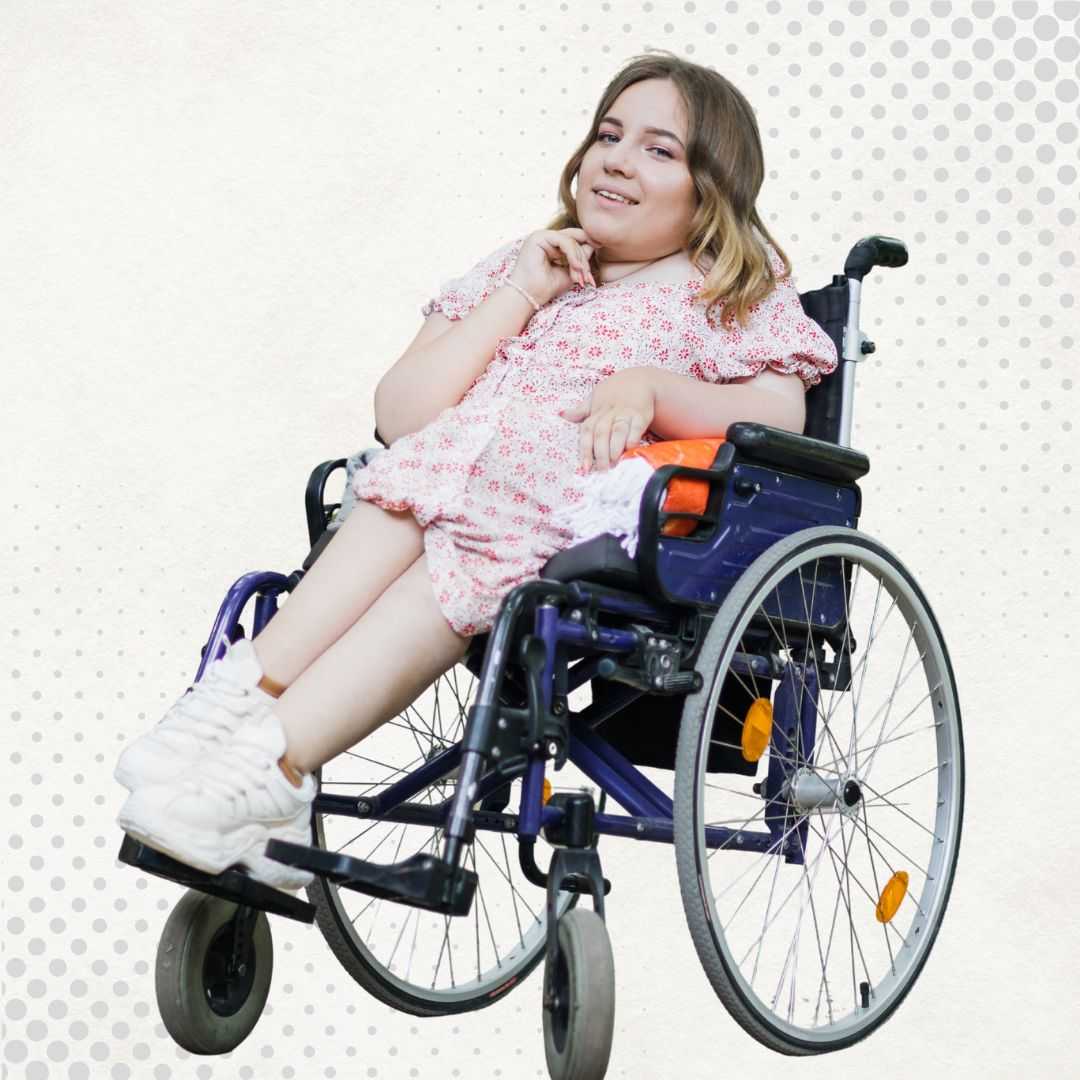
.jpg)


.png)
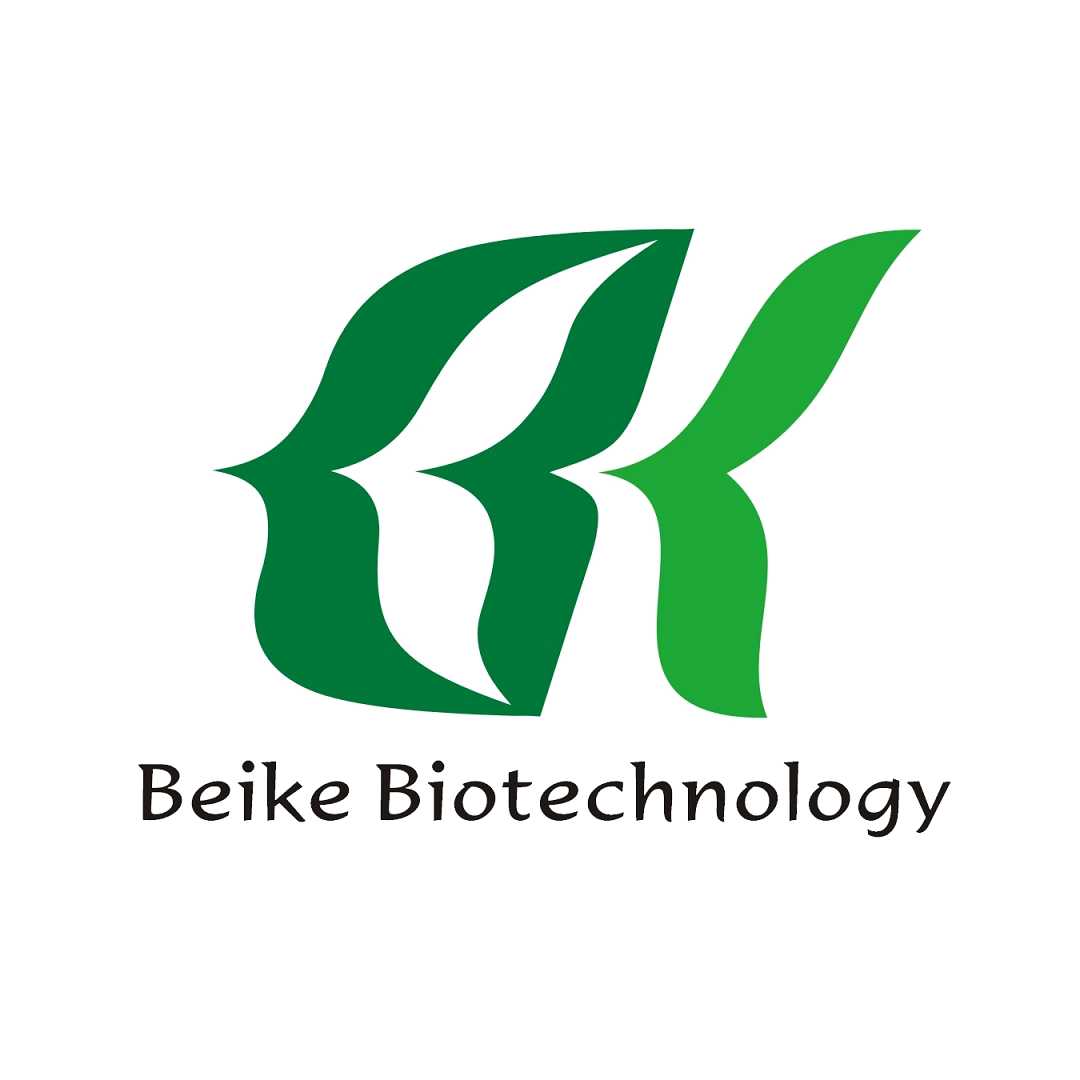

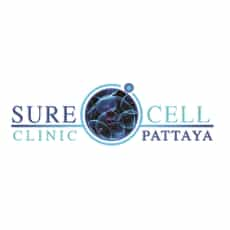
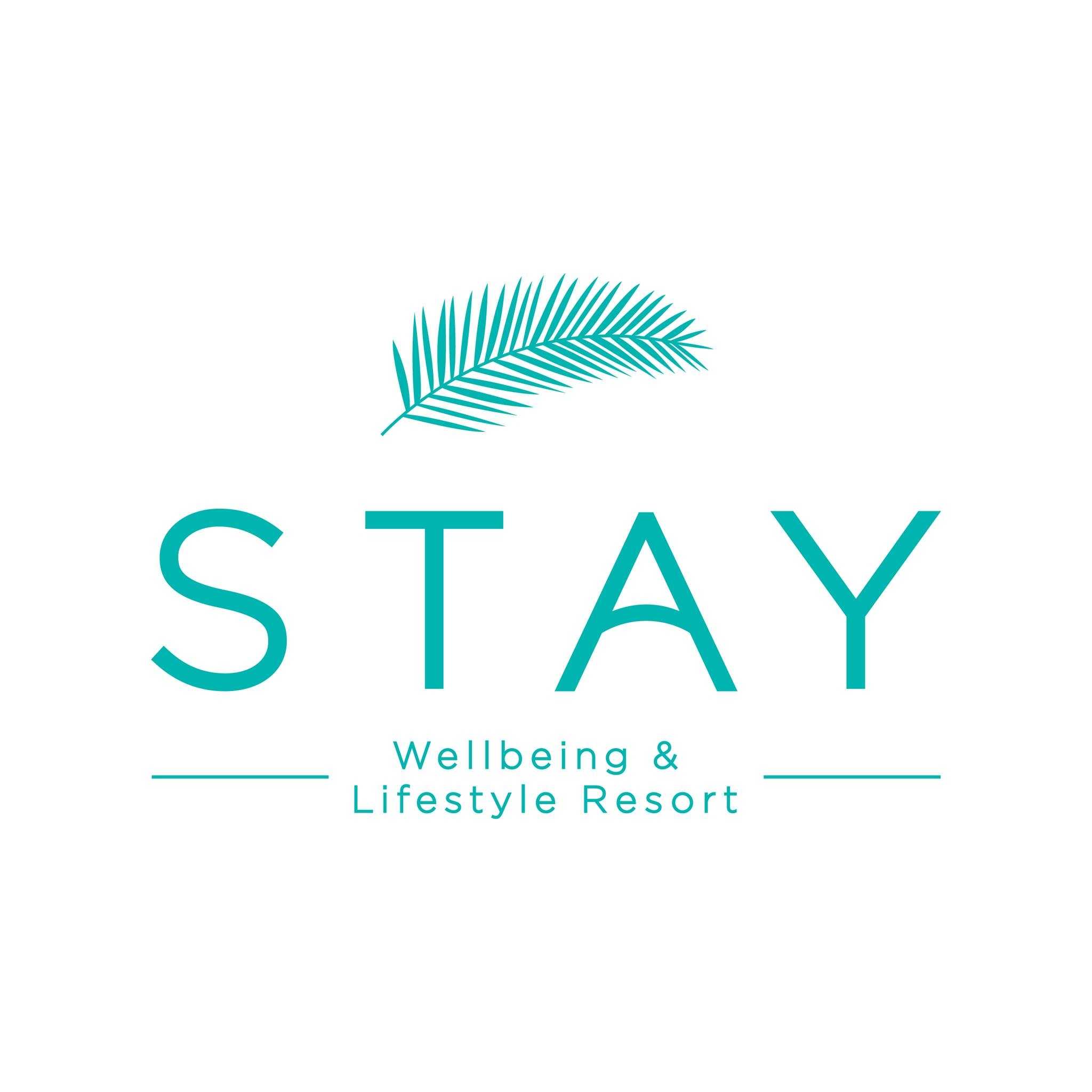
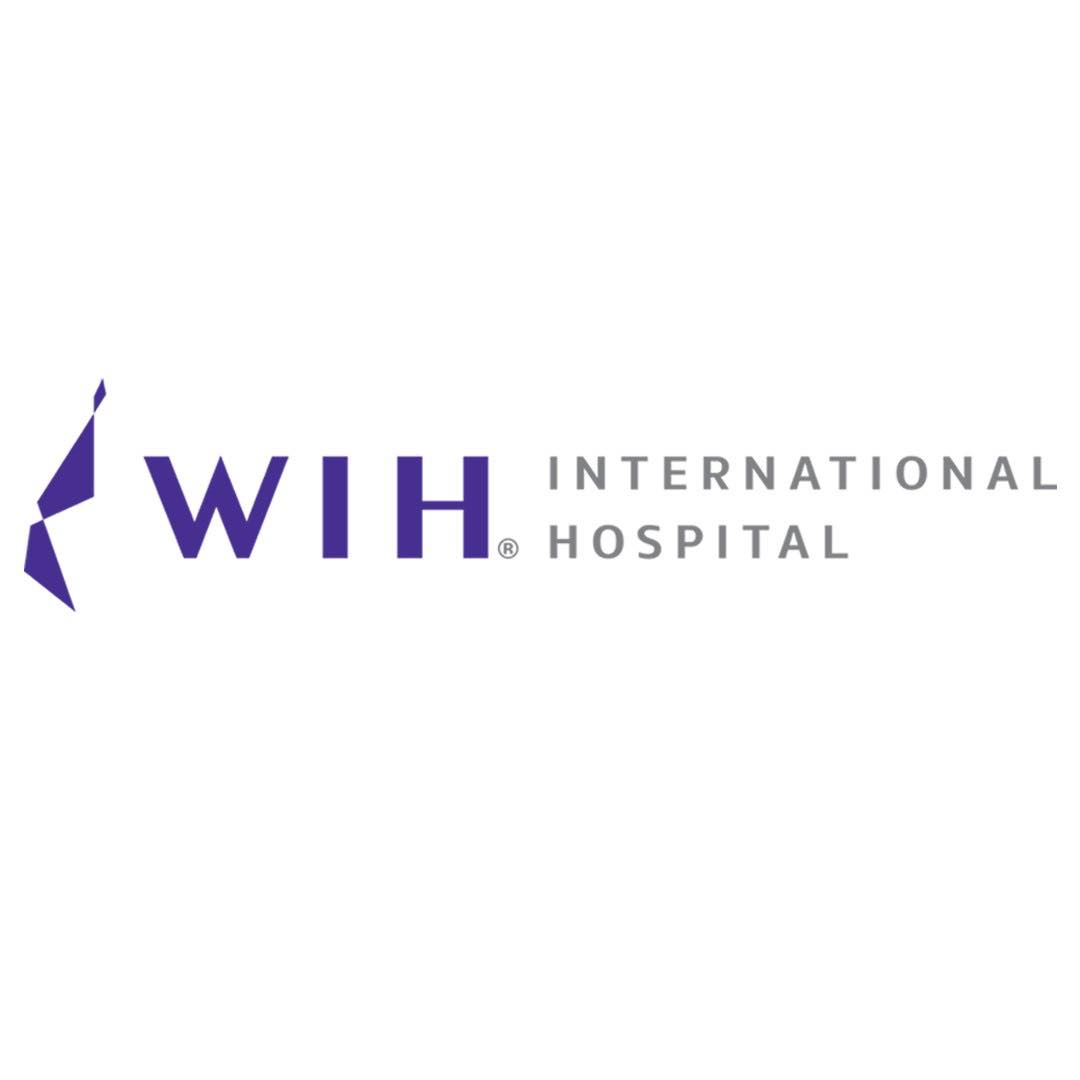

Share this listing